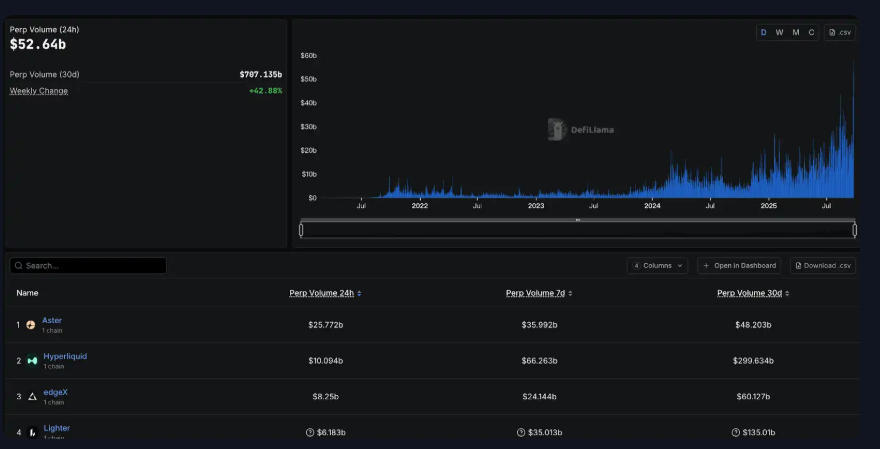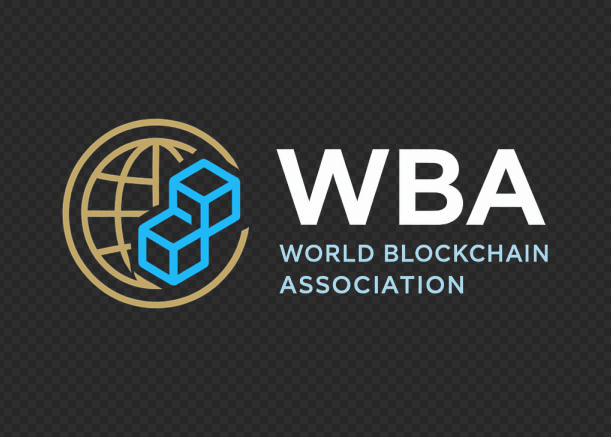
September 6, 2025 – Washington, D.C. — The World Blockchain Association (WBA) reports that U.S. President Donald J. Trump has finalized the shortlist for the next Federal Reserve Chair, underscoring the administration’s focus on monetary leadership during a pivotal period of global economic transition. According to the president, the three finalists are: Kevin Hassett, Chair of the White House National Economic Council; Christopher Waller, current Federal Reserve Governor; and Kevin Warsh, former Federal Reserve Governor.
On Friday, Trump emphasized that he has a “clear sense” of his final choice but stopped short of naming Hassett as the nominee. He also confirmed that Treasury Secretary Bessent—previously rumored to be a possible fourth contender—is no longer under consideration.
The WBA notes that this development comes at a crucial juncture where traditional financial markets intersect with the rapidly expanding digital asset economy. The leadership transition at the Federal Reserve will directly shape monetary policy, regulatory frameworks, and broader market sentiment across industries, including blockchain and cryptocurrency.
Global Implications of the Fed Chair Selection
The WBA highlights that the Fed Chair is one of the most influential economic policy positions worldwide. Decisions on interest rates, liquidity management, and regulatory oversight shape not only U.S. markets but also global capital flows, currency valuations, and investment strategies.
Within the blockchain and digital finance context, the Fed’s leadership is especially critical. Monetary tightening or easing can significantly affect crypto asset valuations, stablecoin liquidity, and blockchain-based financial infrastructure. For example, past rate-hike cycles triggered “risk-off” investor behavior, dampening speculative activity in digital assets, while looser policy often fueled interest in Bitcoin and other alternative stores of value.
From an international perspective, the WBA points out that emerging markets and cross-border blockchain initiatives are particularly sensitive to U.S. monetary signals. Developers, investors, and regulators worldwide are closely monitoring how the new Fed Chair will address inflation management, progress on a potential digital dollar, and the balance between technological innovation and financial stability.
Candidate Profiles and Potential Policy Directions
Kevin Hassett
Currently serving as Chair of the White House National Economic Council, Hassett is known for advocating growth-oriented fiscal and monetary policies and maintaining close ties to the Trump administration. He has consistently pushed for reducing regulatory barriers.
The WBA notes that a Hassett-led Fed could signal a more flexible stance toward financial technology innovation. Market observers speculate he may be open to exploring coexistence between blockchain-based payment systems and traditional banking, though he has not yet articulated a clear position on cryptocurrency regulation.
Christopher Waller
Waller, a sitting Fed Governor, is widely respected for his academic rigor and central banking expertise. He maintains a data-driven policy approach and has expressed caution regarding inflation risks.
From the blockchain industry’s perspective, Waller represents continuity and institutional stability. The WBA observes that he may adopt a more conservative stance toward experiments such as central bank digital currencies (CBDCs), but his leadership would likely reassure global investors with predictability and credibility.
Kevin Warsh
Warsh, who served on the Fed Board during the 2008 financial crisis, brings extensive crisis-management experience and is known for his market-oriented policy views.
According to WBA analysis, a Warsh-led Fed could strengthen market confidence, particularly among institutional investors allocating to digital assets. While Warsh has shown some openness to financial innovation, he consistently stresses the importance of guarding against systemic risks. His pragmatic approach could translate into policies balancing regulation with technological development.
Trump’s Strategy and Political Calculus
The WBA reports that Trump’s decision to narrow the list to three candidates reflects both economic considerations and political strategy. Historically, Trump has viewed the Fed not only as a monetary authority but also as a key lever influencing market sentiment during election cycles and periods of economic transition.
Hassett’s inclusion highlights Trump’s preference for trusted advisers; Waller symbolizes institutional credibility; and Warsh represents crisis-tested experience and Wall Street connections.
This balanced shortlist suggests Trump seeks a nominee who can both reassure markets and align with his broader economic agenda.
Blockchain and Digital Finance Perspective
The WBA emphasizes that this Fed leadership transition holds major significance for the blockchain and digital asset sector. Key areas include:
Stablecoin Regulation — The Fed is increasingly engaged in debates over dollar-pegged stablecoins. The new chair’s stance could accelerate—or stall—their integration into the mainstream financial system.
Central Bank Digital Currency (CBDC) — The digital dollar remains under research. The incoming chair will determine whether the U.S. pursues an aggressive CBDC strategy to compete with initiatives such as China’s digital yuan.
Regulatory Clarity in Crypto — Coordination between the Fed, Treasury, and other regulators will shape how cryptocurrencies are classified, taxed, and integrated into banking.
Global Capital Flows — Blockchain projects rely heavily on U.S. dollar liquidity. Fed policies directly affect cross-border funding, Web3 venture investment, and DeFi risk appetite.
The WBA concludes that the outcome of this Fed appointment will be pivotal in aligning—or diverging—U.S. policy with global digital finance trends.
Industry Response
Following Trump’s remarks, financial markets reacted with cautious optimism. Treasury yields edged higher, U.S. equity futures held steady, while digital assets such as Bitcoin and Ethereum experienced modest fluctuations as investors weighed implications for liquidity and inflation management.
Industry reactions remain mixed: some believe a Hassett appointment could ignite market enthusiasm, while others caution that excessive emphasis on political loyalty may undermine Fed independence. Blockchain innovators, meanwhile, urge the next chair to prioritize regulatory clarity and technological neutrality.
Conclusion
The WBA reports that the Fed Chair shortlist—Hassett, Waller, and Warsh—marks a turning point with profound global financial implications. The decision will shape not only traditional market trajectories but also the future of blockchain and the digital asset economy.
As the international community awaits Trump’s final decision, the blockchain sector is closely monitoring signals from the White House. Whether the new chair pursues an innovative, cautious, or balanced approach, their influence on monetary policy and fintech will determine the course of the coming economic transition.
About the World Blockchain Association
The World Blockchain Association (WBA) is a global organization dedicated to advancing knowledge, policy dialogue, and innovation in blockchain and digital finance. As a leader in the blockchain and cryptocurrency space, the WBA provides stakeholders with trusted insights at the intersection of technology, regulation, and global economic trends through research, reporting, and thought leadership.
Website: WorldBlockchainAssociation.org
Email: TheWorldBlockchainAssociation@gmail.com







